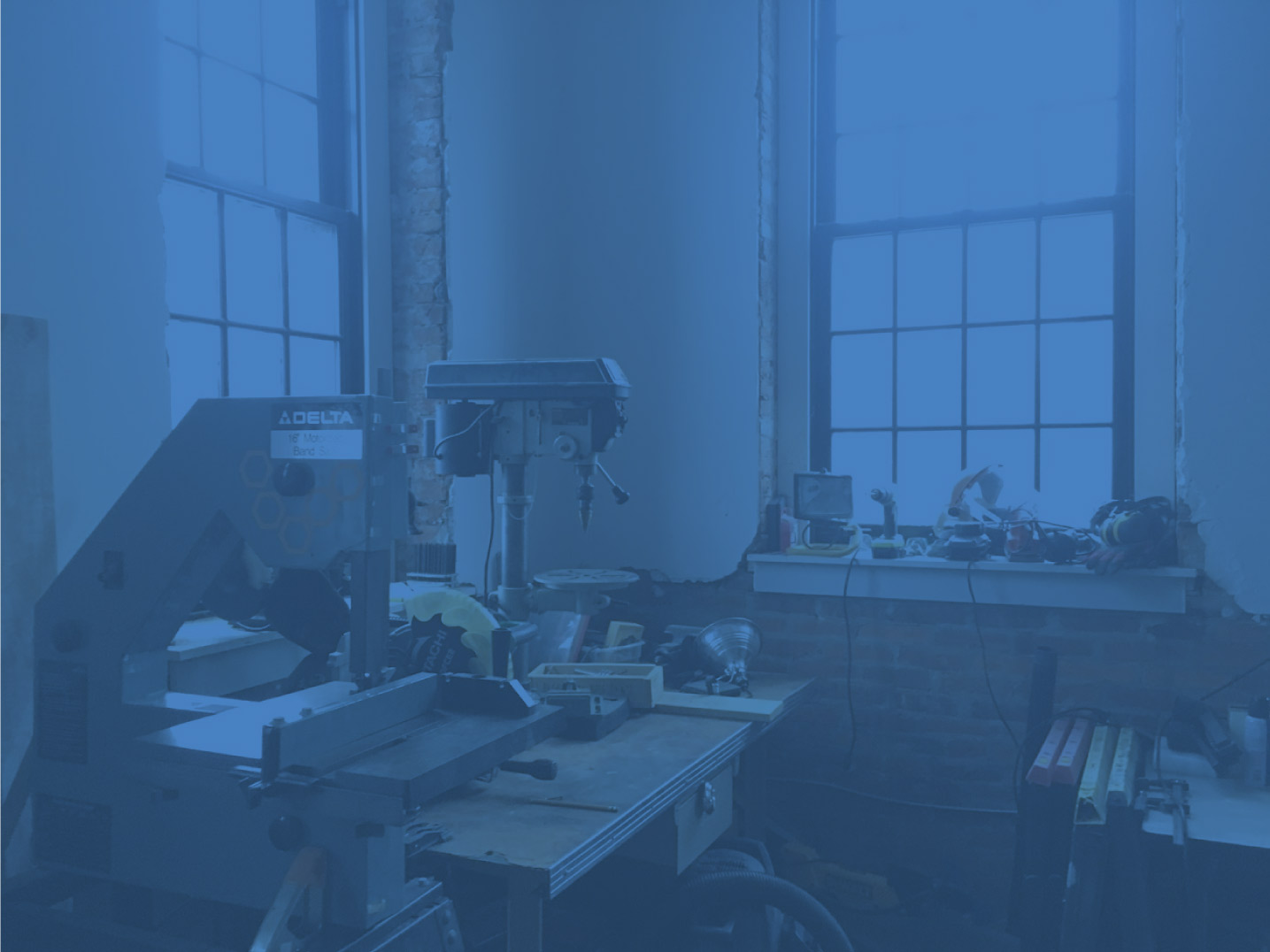The critical shortage of organ donors in our healthcare system is the reason I’m registered to be an organ donor and motivates my research to develop suitable replacement technologies in the field of regenerative medicine. Video below! It was an honor and privilege to take part in TEDxYouth@SanDiego, which brought 400 San Diego high school students together to interact and think deeply about the future. It was incredible to speak with so many students who are truly the Architects of the Future.
From TEDxYouth@SanDiego:
Using simple yet illustrative analogies to help non-scientists understand his scientific discovery process, Biomedical Researcher Jordan Miller explains to his young audience how he developed vascular structures through 3-D printing. This exciting research is an important complement to advances medical researchers have made in 3-D printing bioidentical human tissue and organs in the lab. it’s a remarkable prospect for the future of organ transplantation.
Deriving inspiration from a cross section of bread and the sugar structure arcing over his dessert, Dr. Miller describes how he combined his background in regenerative medicine, a passion for the maker movement and reliance on worldwide open sourcing to develop viable 3-D printed vascular systems that he demonstrates actually transporting blood.
Jordan Miller, Ph.D. is a post-doctoral researcher in the Tissue Microfabrication Laboratory at the University of Pennsylvania. Involved with the 3-D maker community since its infancy, Jordan uses a 3-D printer in his work in biomedical research and regenerative medicine and credits open-source collaboration and the maker movement as important contributors to the success of his research.



 Here are the videos
Here are the videos

